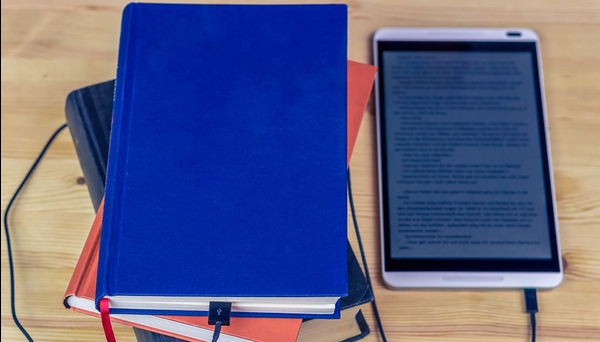In education, the future is now. Thanks to the pandemic we were forced to examine and implement many ideas what we thought of as futuristic. Parents were required to tolerate, in fact, encourage their kids to use electronics for several hours a day – the very thing they would otherwise never do. This year has shown us learning is going to be very different in times to come. We can be fairly sure about some of the educational trends that we are likely to witness in 2021 and soon thereafter:

Blended learning
We have seen that it can work. Soon there will be more of it. Students sitting in one part of the world learning from a person located far away. Now there will be more than one way for kids to learn in class, do their homework, submit projects and even take tests. This could help make education more flexible and accessible to more students without constraints of physical distance and significantly lower logistical challenges. We are likely to see more and more schools and colleges offer the online option alongside physical attendance of classes to their students; in other words, blended education.
It will become possible for kids to receive personalised / customised education with the help of greater integration of technology. We have realised that it is not necessary to give every child in class the same type of instruction, the same amount of attention and time to learn given material. It will be possible to help kids learn at their own personal pace based on their individual proficiency and ability. Learning can be adapted and customised as required.
3D images, animation, realistic simulations and scale models, videos and graphics become easier to use when every student is aided by a personal gadget. Virtual reality and other immersive technologies will help bring alive subjects such as physics, biology, and history for students. This will engage more of the students’ senses, simplify concepts and help them absorb more fully, the subject they are learning.
Maybe a science student can learn music alongside physics or a history student can learn biology alongside humanities. Students will be able to choose unconventional subject combinations and enjoy greater flexibility. There will be greater flexibility not just how they study, where they study and who teaches them, but also what all they can choose to study. The practical difficulties of teaching groups of varied students and the logistical problems of simultaneous teaching will be significantly allayed. Students may even be able to attend class at times of their choosing in times to come.
With the limitations of physical distance and time becoming less relevant, more people will be able to participate in the process of education. Professionals, business leaders and experts in their respective fields can mentor students and offer guidance. The quality of teaching can improve if there is optimal use of technology in the way learning is imparted. Students will gain practical insight as opposed to merely theoretical instruction; making their learning more effective and useful.
In the years to come, there will be greater integration of newer technology into education. Artificial Intelligence, machine learning, robotics, blockchain, Internet of Things and big data will find their way into the learning space. For instance, robotics will help kids with learning disabilities, blockchain tech can be used to issue diplomas, AI can be used for testing and grading. 2020 made us embrace changes in the educational system in a hurry. We 2021 we are likely to see more change – 2020 was something of a trailer.
Do you have something interesting you would like to share? Write to us at [email protected]